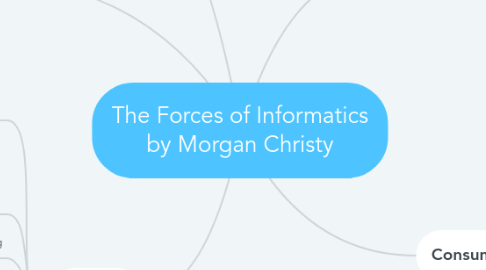
1. Nursing
1.1. The National Center for Nursing Research
1.1.1. Nursing Informatics: Enhancing Patient Care identified goals for informatics research
1.2. The Division of Nursing of the Health Resources and Services of Administrations with the National Advisory Council on Nurse Education and Practice
1.2.1. National Informatics Agenda for Education and Practice educational recommendations
1.3. National League for Nursing
1.3.1. Recommendations for preparing nurses to work in environment using technology
1.4. American Association of Colleges of Nursing
1.4.1. AACN's Essentials for baccalaureate, master's, and doctoral education: informatics as core competency
1.5. American Nurses Association
1.5.1. Standards of Practice for Nursing Informatics and Nursing Informatics: Scope & Standards of Practice
1.6. American Organization of Nurse Executives
1.6.1. Nurse leaders are key to influencing healthcare and bridge to new practice delivery models with the right technology
1.7. Technology Informatics Guiding Educational Reform Initiative
1.7.1. Goal to make nursing informatics competencies a part of every nurse's skillset
2. Internal
2.1. Organizational Structure
2.1.1. Utilization of nurses in informatics
2.1.2. Culture
2.1.2.1. Willingness to adapt
2.1.3. Hierachy
3. External
3.1. Environmental Influences
3.1.1. Political
3.1.2. Technilogical
3.1.3. Financial
4. National
4.1. Office of the National Coordinator for Health Information Technology
4.1.1. Created to encourage electronic health record utilization
4.2. Institute of Medicine
4.2.1. Adviser to the U.S. government to improve healthcare
4.2.2. Health Professions Education: A Bridge to Quality includes informatics as core competency
4.3. Office of the National Coordinator for Health Information Technology
4.3.1. National information infrastructure, computerized clinical data, use of the Internet, clinical decision support, and evidence-based practice integration
4.4. Use of technology in healthcare
4.4.1. Electronic health records, smart beds, computerized IV pumps, telehealth
4.5. Affordable Care Act
5. Consumer
5.1. Increased availability of technology
5.1.1. Access to electronic health records

